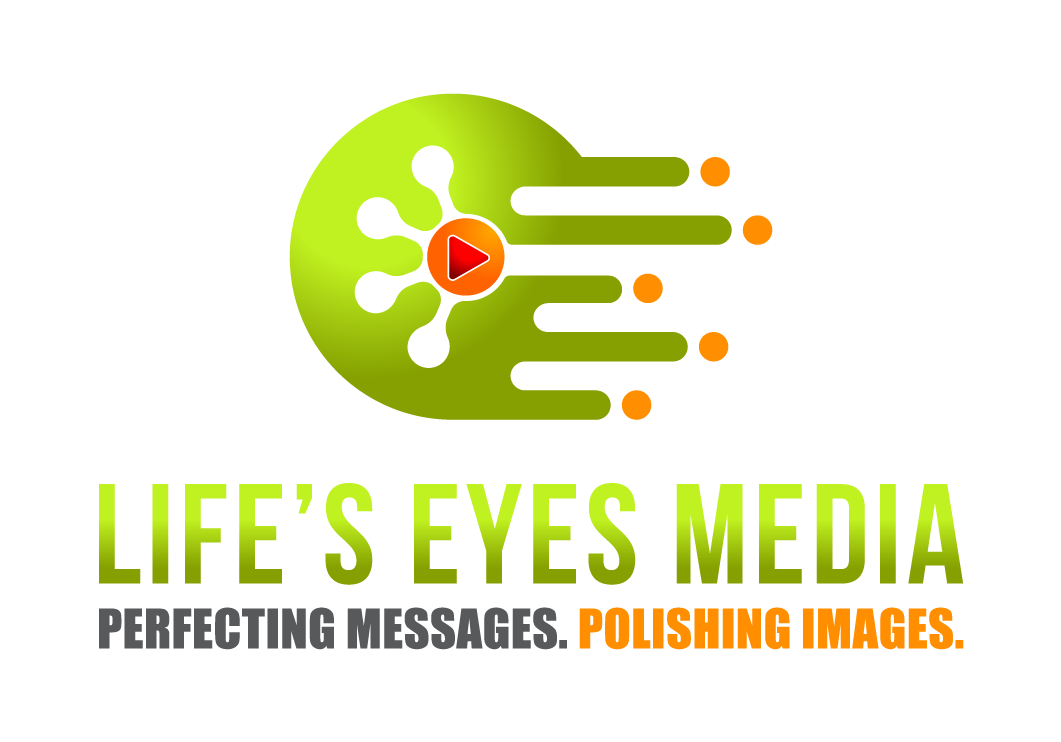
1. First, understand the dynamics of persuasion. It all starts with the heartstrings. Look no further than the 2016 campaign trail for poignant conversations about whether candidates can "connect." You must "connect" with your audience before you can persuade them to believe you, endorse your position, or work toward your goals. There is a fundamental, subconscious, emotional component to this. You can't swamp your audience with spreadsheets and statistics and hope to reach them. Don't be afraid to show appropriate emotion when you communicate. After all, if you're not passionate buy valtrex united states about your ideas, position, or cause–how can your audience be?
2. Know your audience. The golden rule of effective communication is absolutely critical when you're trying to persuade. Get into your audience's head (and heart) before you communicate, and know what they need to hear or read to be most receptive to your message. This is typically the step in the process that we skip when we're crafting a communication. Don't.
3. Use the language of persuasion. Words like "you," "we," "believe," "imagine," "act," and "now" have proven persuasive punch. Note that they're either inclusive, building a bond between you and your audience; or they're inspirational, calling forth that vital emotional component; or they're immediate, delivering a direct call to action…that your audience can and will answer.
